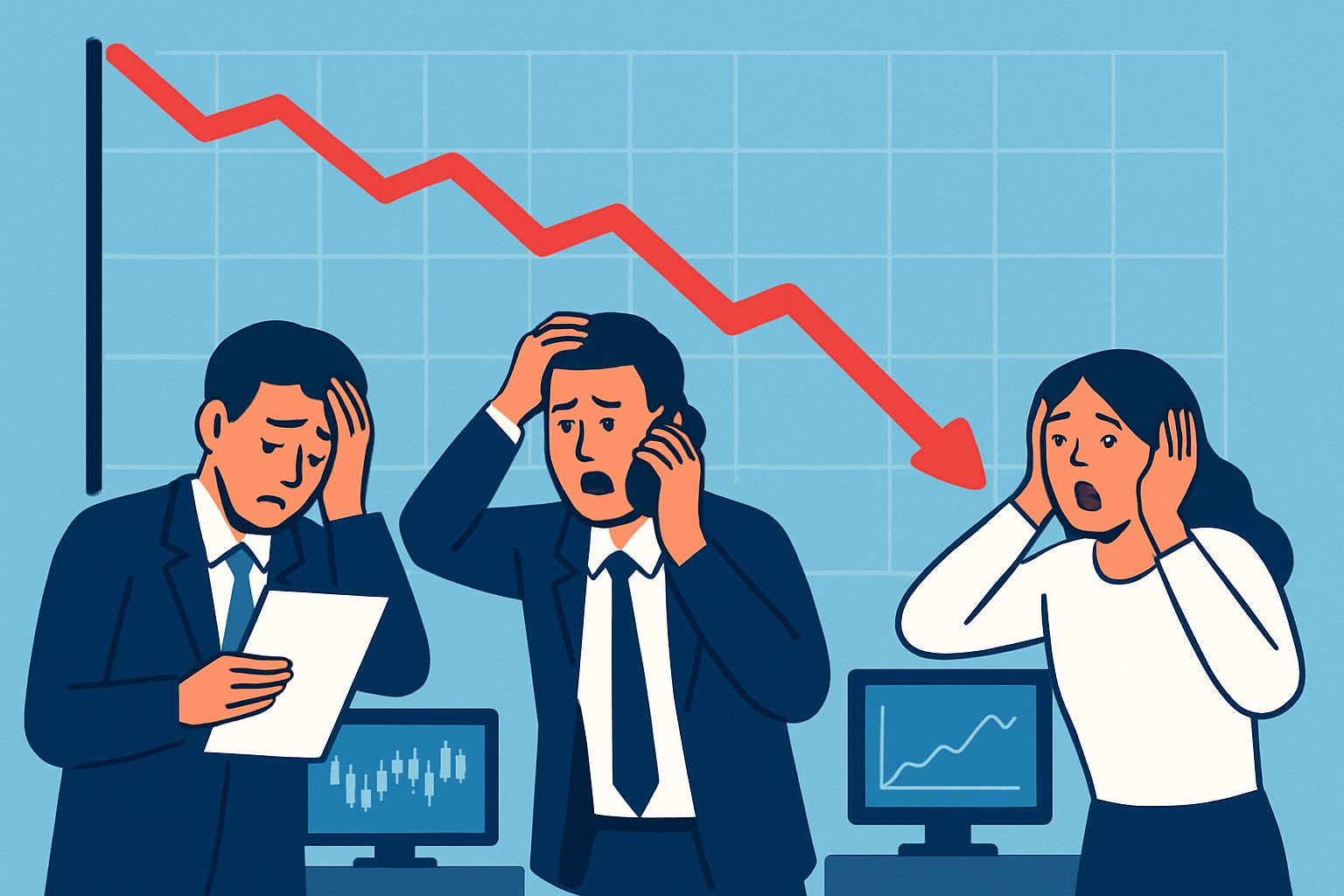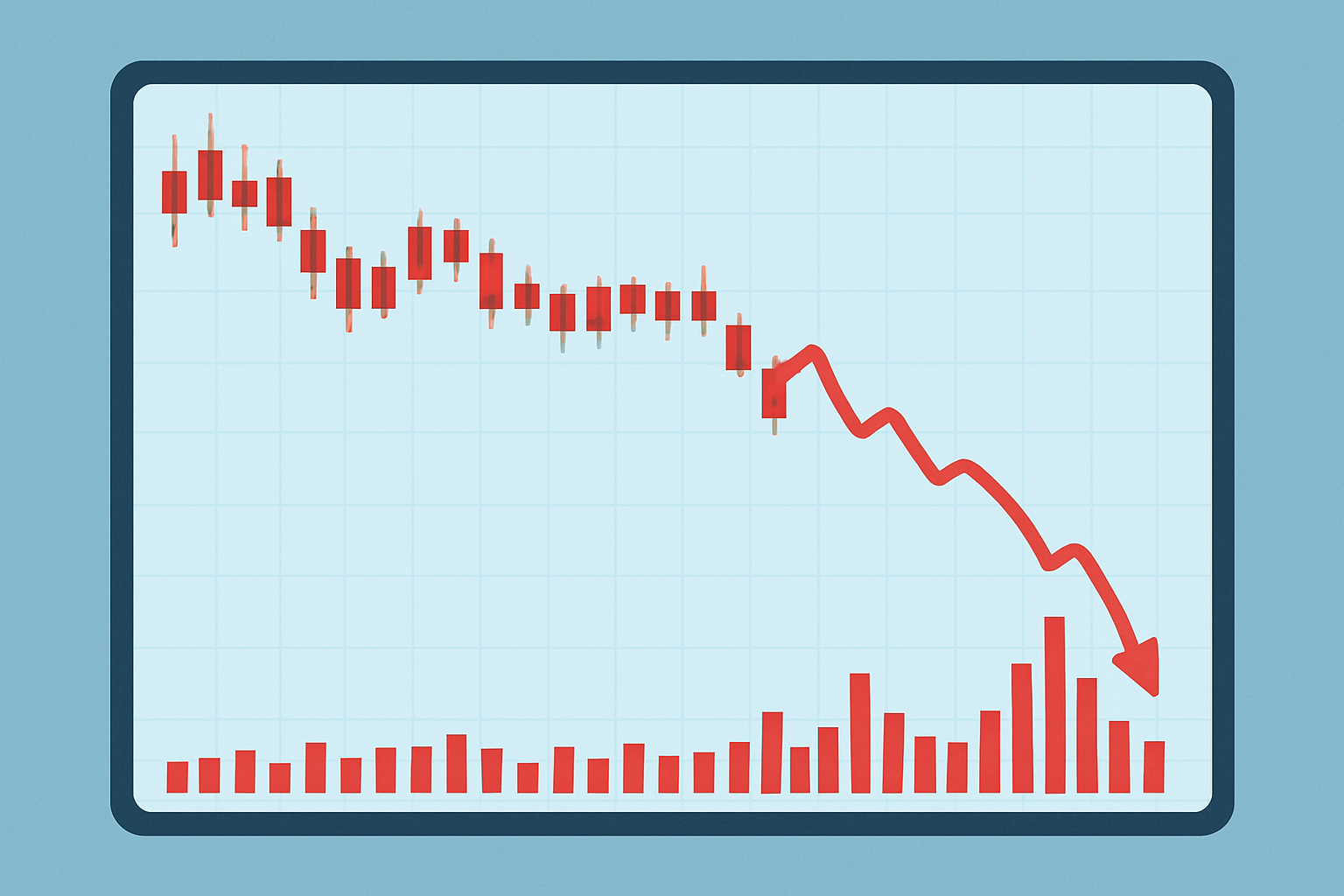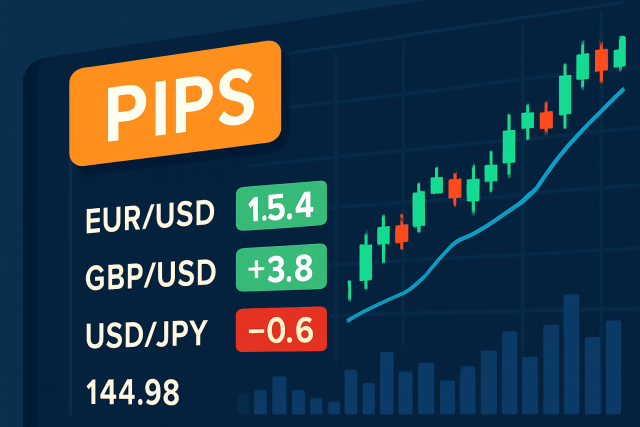
The Meaning of ZIRP: When Interest Rates Hit Zero
Discover what ZIRP means, why central banks set interest rates to zero, and how this policy shapes m...

When you hear that something "tanked," you're likely wondering about the tanked meaning in trading - typically referring to when a financial asset's price drops sharply and almost out of nowhere. This article breaks down the meaning of "tanked" in trading, clears up how the term is used.
'Tanked' is a casual slang term in trading that refers to a sudden sharp drop in the price or value of an asset like stocks, commodities or cryptocurrencies. An asset usually drops fast and hard when it tanks and catches traders and investors off guard.
Tanked shares some ground with words like crashed, plummeted or dropped but there are subtle nuances worth noting. Crashed usually signals a sudden extreme event that rattles the whole market and often hints at deep-rooted systemic troubles. Plummeted zooms in on a sharp steep free-fall that paints a dramatic picture. Dropped is the more all-purpose term covering just about any size of decline.
The term 'tanked' originally came from military slang used to describe something that suddenly went belly up or got wiped out in a dramatic fashion. Over time it slipped into everyday chatter to describe anything done poorly or taking a sharp nosedive. In the financial world traders and commentators eagerly grabbed 'tanked' to paint a vivid picture of assets plummeting like a tank crashing hard to the ground.
"That stock took quite a nosedive today, plunging over 15% out of the blue, with no real news to blame — it just goes to show how quickly panic selling can spread like wildfire." – Experienced trader commentary
An unexpectedly weak earnings report can rattle investor confidence and cause many to rush for the exits and sell their shares. This naturally drives the price down. Similarly, geopolitical issues like sanctions or trade disputes tend to stir up broader market jitters.
Spotting when an asset has tanked usually comes down to watching for rapid price drops and unusually high selling volumes and some less-than-encouraging news headlines. If you glance at the price charts, a tanked asset typically flaunts long red candlesticks that scream quick losses. When volume spikes it’s a clear sign that a bunch of traders are rushing for the exits all at once. You’ll also notice shifts in market mood—think growing fear or a general cloud of pessimism among investor chatter—which help nail down the decline.
| Indicator | Explanation / Example |
|---|---|
| Rapid Percentage Drop | A sudden plunge, often 5% or more in a single day, hinting at heavy selling pressure rattling the market. |
| High Sell Volume | Noticeable spikes in trading activity as lots of investors hurry to hit the exit door. |
| Negative News Coverage | Headlines like missed earnings or regulatory headaches that tend to stir up fear. |
| Technical Breakdown | Price dipping below vital support levels, often setting off a chain reaction of automatic sell orders. |
| Sentiment Shift | A growing bearish vibe bubbling up on social media, forums, or from analyst chatter. |
| Widening Bid-Ask Spread | Thinner liquidity as market makers pull back, signaling rising uncertainty in the air. |
| Increased Volatility | Sharper price swings reflecting a jittery market trying to find its footing during the drop. |
When an asset takes a nosedive it stirs up a mix of reactions across the market. Day traders often scramble to handle margin calls or face forced liquidations. Long-term investors might cringe at the hit to their portfolios but there’s also the silver lining of holding steady or snapping up bargains at lower prices. Institutional investors usually jump into action quickly and tweak their strategies to keep risk in check.
Many people tend to jump to the conclusion that when an asset has tanked it is game over or doomed to fail. But in reality tanked means the price took a nosedive and usually that kind of plunge doesn’t stick around for long. In fact many assets manage to bounce back or shoot up after the initial drop. Just a heads up—tanked is informal slang and you won’t find it in serious financial reports or regulatory documents.
When an asset takes a sudden nosedive try to resist the urge to jump straight into panic selling. Instead, take a deep breath and review the fundamentals and technical factors. Solid risk management paired with a careful review can save you from costly blunders, highlight potential buying opportunities, or help pinpoint the best moment to sell.
Take a good hard look at the asset's core fundamentals to see if the drop is backed by solid reasons or just short-term noise that’ll blow over.
Dive into those technical charts to spot support levels and patterns. Tools like TradingView can help you get down to the nitty-gritty.
Keep an eye on the bigger market picture including how the sector is doing and any macroeconomic news that might be stirring the pot.
Decide whether to hold, sell, or buy more based on your overall game plan and how much risk you’re comfortable taking on.
Set clear rules for re-entry if you decide to exit so you’re not caught making snap decisions driven by feelings.
Protect yourself by managing risk wisely—think setting stop-loss orders to keep future losses in check.
A textbook example illustrating the tanked meaning is Bitcoin during the crash in early 2022. It plunged by over 50% in just a few short months mostly because of nagging regulatory worries and a wave of market sell-offs that felt like a domino effect. Tesla's stock didn’t escape unscathed either. It took a sharp nosedive in September 2022 as concerns about production delays and a shaky economic outlook piled up.

Chart illustrating a rapid tank in asset price combined with unusually high trading volume
Struggling to improve your trading performance? Edgewonk's advanced analytics tools are designed to give you the edge you need.
With detailed trade journaling, robust strategy analysis, and psychological insights, you'll gain a comprehensive understanding of your strengths and weaknesses. Don't miss out on this game-changing opportunity.
Traders, it's time to elevate your game. Edgewonk is the ultimate trading journal software designed to empower you with data-driven insights and personalized strategies. Take control of your trading journey and maximize your potential.
14 posts written
Born in a family of traders, Emily Leroux combines inherited wisdom with modern approaches, seamlessly bridging the gap between traditional and innovative trading methodologies.
Read Articles
Discover what ZIRP means, why central banks set interest rates to zero, and how this policy shapes m...

Ever wondered what a pip means in trading? This article explains pips clearly, showing how they meas...

Discover how Fitch Ratings assess credit risk and influence trading decisions in stocks and bonds. L...

Understanding the bid-ask spread is essential for any trader. This article breaks down its meaning,...
